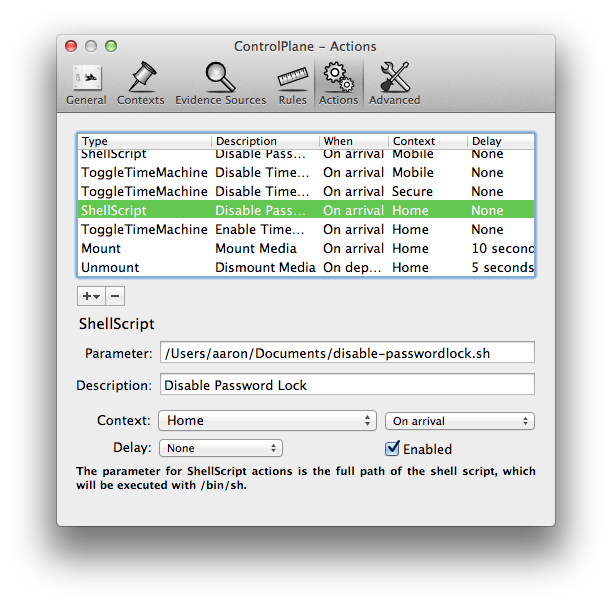

The standalone control plane is hosted by a dedicated group of. In this hybrid and fast-evolving landscape, a cloud-native management solution is needed to effectively connect, operate, and secure a complex portfolio of microservices and applications. The data plane includes compute, storage, and networking where workloads and applications run. To learn more about what the control plane can do, read The New Stack article Data, Control, Management: Three Planes, Different Altitudes. scheduling), while detecting and responding to cluster events. The control plane’s components make global decisions about the cluster (e.g. After the data plane governs data flow through applications and pod-level app behavior, the control plane guides the data plane, overseeing orchestration and coordination of containers, nodes, pods, and clusters. It was originally a policy engine for Layer 4 networking and now also has influence over Layer 7 traffic in Kubernetes.

The control plane resides above the data plane, as a separate entity, and enforces rules for the data plane. Due to their lack of visibility and gaps in governance, distributed environments expand the threat surface and increase the likelihood of outages. When deploying cloud-native applications, this management system is needed to simplify the creation and implementation of traffic management and security policies across distributed environments. In addition to the control and data planes, cloud-native management also operates via a management plane. Sometimes Control plane and management plane are interchangeably used as they are used for management services but sometimes it can be separated as creation and deletion of services by control plane and management and monitoring services by management plane.In modern application architectures, a control plane configures rules for the data plane. The data plane is where your data is processed.

Notebook commands and many other workspace configurations are stored in the control plane and encrypted at rest. These kind of resource management through Control plane, Data plane and Management plane helps to control and manage security services, auditing, policy driven activities, activity logs and resource hierarchy services. The control plane includes the backend services that Databricks manages in its own AWS account. Also, any Azure Resource Manager (ARM) operations are termed as Management plane activities. The control plane’s components make global decisions about the cluster (e.g. The actual operation activity or functionality like database operations, read/write activities on a storage account, accessing Virtual machine or application deployment on AppService are all functionalities of Data plane.įor better maintainability and agility in architectural solution, management plane was separated from Control plane by taking the observability operations like monitoring and auditing to Management plane. As an example, if you create a Database or a storage account or a Virtual machine or an AppService, then it is called Control Plane.


 0 kommentar(er)
0 kommentar(er)
